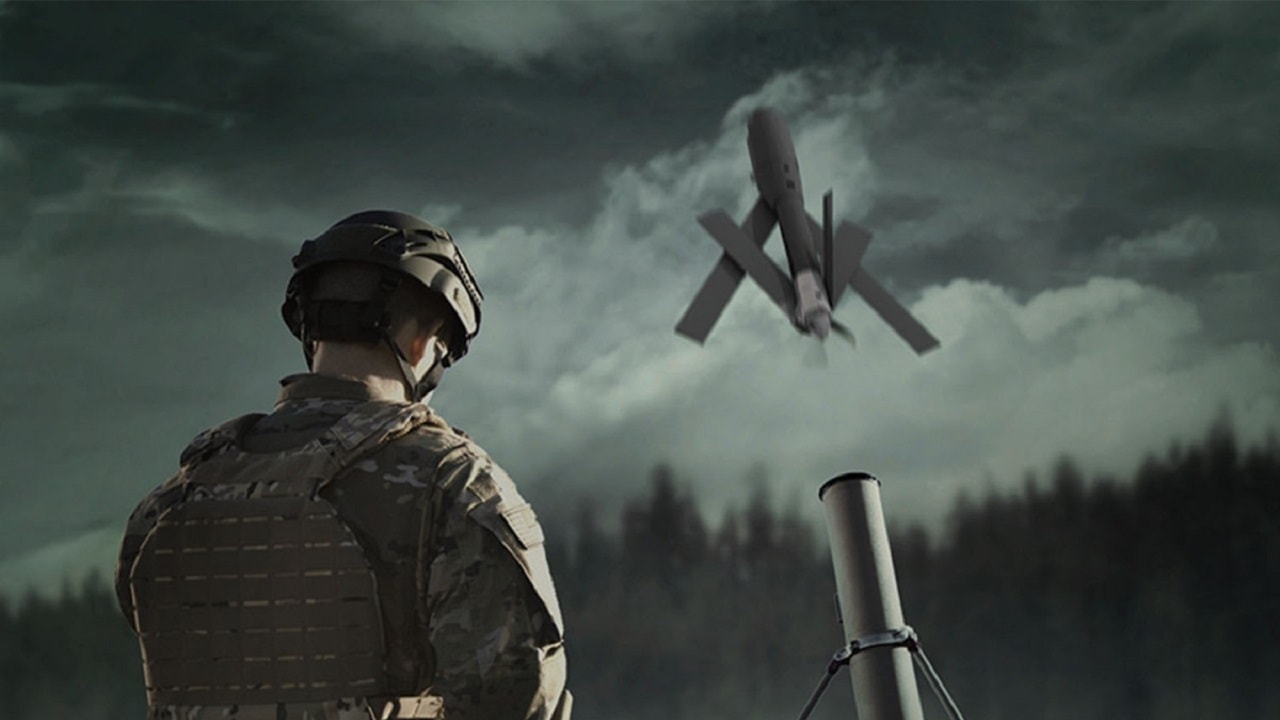Russian President Vladimir Putin may soon announce a second mobilization drive in advance of a new offensive against Ukraine. While Ukraine has, over the past year, driven Russian forces out of much of Ukraine, it has only done so at a tremendous human cost.
(Subscribe to Our YouTube Channel Here. 19FortyFive publishes original videos every day.)
Putin Tries to Reset the Iron Curtain
Putin’s dream of a two-week victory may be gone, but he still believes he can win a war of attrition.
Ukraine, after all, has less than one-third of Russia’s population. Even with Western resupply, Ukraine is burning through munitions faster than Western governments can supply them. Moscow also knows that European unity is transitory: Within the European Union, there is usually one member-state government—take your pick among Berlin, Paris, or Rome—that will seek to cash in on commercial opportunities while cynically citing the need for diplomacy.
The political situation is even worse in NATO, given the consensus-based nature of its diplomacy. Türkiye already seeks to both leverage its de facto veto to extort diplomatic concessions while simultaneously seeking to profit from conflict. For Putin, all these factors together lead him to believe that he can win his war if he only transforms the entirety of Ukraine into a 21st-century Stalingrad.
Russian Troops Prepare for Next Big Push?
With this new Russian approach looming on the horizon, it is time for the United States and its allies to change fundamentally their approach to Ukraine. To date, the White House has carefully calibrated its military aid to allow Ukraine to fight Russian forces on Ukrainian land, but not take the fight directly into Russia. The logic of this move was to enable Ukraine to defend itself without provoking Russia to expand its war and perhaps even use nuclear weapons. Diplomats also hoped that restraining Ukrainian resistance would give Putin a diplomatic way to save face and compromise.
That has not worked. Not only does Putin still bluster, but he interprets U.S. restraint as a green light to continue his assault with the end goal of erasing independent Ukraine off the map.
Western Commitment and Support
I have argued before that the United States must not only give Ukraine the platforms it needs like Abrams tanks, but also training on platforms it might need in the future, like F-16s. Simultaneously, it has both a moral and military duty to enable Ukraine to strike the factories Russia utilizes to produce rockets and artillery, even if these are deep inside Russia itself. Otherwise, President Biden is doing the equivalent of allowing Putin to shoot fish in a barrel.
With a new Russian offensive potentially looming, the same logic applies. Assuming a new mobilization effort proceeds more efficiently than the last one, or is even 25 percent more effective, then Ukraine will soon face a new onslaught of Russian troops. Most will be poorly armed and have low morale, but numbers matter. The Russian Ministry of Defense will need to assemble them, equip them, and transport them into Ukrainian territory. The best way to blunt their impact and protect Ukraine is to allow Ukraine to strike them as they assemble and move toward the Ukrainian frontier.
Expand Ukraine’s Capabilities
Rather than limit Ukraine’s arsenals to relatively short-range missiles, the United States and western countries should allow Ukraine to strike by plane, drone, missile, or artillery into the assembly areas and columns in which Russian forces might gather.
Providing Kyiv alternatives would also mean less temptation to utilize cluster munitions against advancing Russian and mercenary forces. Neither Ukraine nor Russia, let alone the United States, are parties to the Convention on Cluster Munitions.
Putin cannot launch nuclear weapons himself and every single aide knows that to facilitate their launch would mean near-instant death. For the Biden administration to self-deter does not bring peace; it only affirms to Putin that bluster and blackmail work and encourages him to believe his dream of bringing Kyiv under Russian control is attainable. If Putin does not want escalation and another 12 percent of his army buried hastily in muddy Ukrainian fields or brought home in body bags, he has a single option: End hostilities now.
It is now up to the White House and its European allies to convince him this is his only choice. The best way to do this is to allow Kyiv to strike where it most matters and end Russia’s offensive before it ever reaches Ukrainian soil.
Dr. Michael Rubin, a former Pentagon official, is a resident scholar at the American Enterprise Institute and a senior lecturer at the Naval Postgraduate School.

